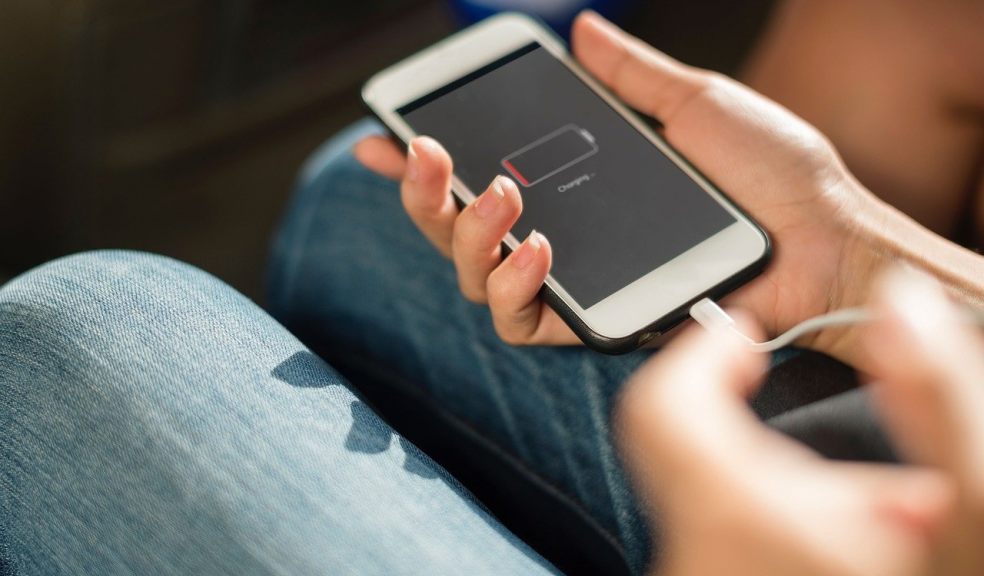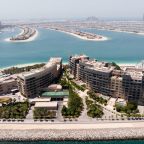
A traveller’s guide to power sockets in Thailand
One rarely appreciates the value of power sockets until they find themselves urgently in need of one. Travelers know this all too well. Seemingly every personal device these days runs on a rechargeable battery, such as phones, laptops, and headphones, and nothing creates that sinking feeling of unpreparedness like noticing your device is low on power with nowhere to grab a charge in sight. In fact, many cafés or restaurants will advertise that they have places to charge devices in hopes to draw in customers.
The necessity for usable power sockets in Thailand, a top-ten tourist destination in the world, is more nuanced than purely the availability of them. Thailand draws in tourists and expats from around the world. They enter the Kingdom carrying powerful chargers for their computers, block chargers for their phones, and maybe, for some, appliances like a hairdryer. Since there is not an internationally standardized plug/socket type, many foreign travelers struggle with charging their devices if they don’t have a proper converter. This makes it important for property developers and designers in Thailand to make accommodations for travelers by not only considering socket location, but type as well.
Before getting into the types of power sockets in Thailand, let us quickly cover voltage. Normal power supply in Thailand rates at 220v, roughly similar to ratings in most of Asia, Europe, and Africa. Much of North America, in contrast, rates at 110v, meaning that American or Canadian travelers in Thailand need to make sure their charger or appliances can accept or convert 220v. If not, they could be in for an explosive surprise.
Assuming the traveler has that bit of information on hand, they often try to search for what kind of converter they need before departure. A Google search for types of power sockets in Thailand, however, will yield many different results, and this is confirmed with the “eye test” as well.
Most products sold in Thailand come with the European style Type C plug (two rounded prongs), and many of the older buildings and fixtures only house Type C plugs. North Americans, Brits, and even Europeans with plugs that have a ground pin need to come with a power adapter in order to get a charge in accommodations like these.
Newer buildings and fixtures, however, likely will have a hybrid of the North American Type B and European Type D. These hybrids have a hole for the ground pin and make it convenient for most international travelers, though there is still one more power socket type that trumps all.
These are “universal sockets” and they can most commonly be found at premium hotels. These sockets accept many different plug types, including Types A, B, C, D, G, and more. Anyone who has traveled extensively knows the instant relief felt when seeing one of these sockets in their room or at a café.
For the benefit of the many expats and foreign travelers in Thailand, owners of hotels, apartments, and/or condos would be wise to install these “universal” sockets in their units. For travelers in Thailand, power sockets should be the last of their worries.













